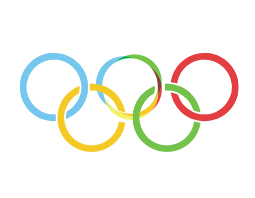The Education Team is a group (of teachers, heads of teachers, students…) with a common goal. To achieve this goal, very much like in a soccer game, each team member receives a role that best suits their skills, utilizes their areas of strengths, and expresses their creativity. Acknowledging and empowering the individual is an essential prerequisite for the Education Team’s success, and the individual, on his/her part, is committed to the team spirit and to achieving its goals..
As a result, very much like in soccer or basketball, and in sport in general, a focused, meaningful and powerful energy is generated, the kind of energy that can facilitate the fulfilment of almost any task.
The Education Team has two rules:
Red Yellow Green To fine-tune and further advance the “Teacher Learner” model, Education Team’s coaches are encouraged to use flashcards in three colors. After preliminary study of the material, every student places a card next to him/her:
Green – I have full command and understanding of the study material and I can teach others; Yellow – I understand the study material, but still need more learning; Red – I do not understand, I need assistance. The goal is to reach a maximal number of green cards at the class’ end.
The hallmarks of an Education Team that works well are:
Meaningful connections between group members; Collaborations; A sense of meaning and shared responsibility; And most importantly a sense of joy and satisfaction.
Education Cities believes that the Education Team encapsulates the essence of the learning process at its best:
Seeing the one and creating as one – Acknowledging the individual, his/her uniqueness and importance. And at the same time, building a network of collaborations that promotes and empowers both the individual and the group.


